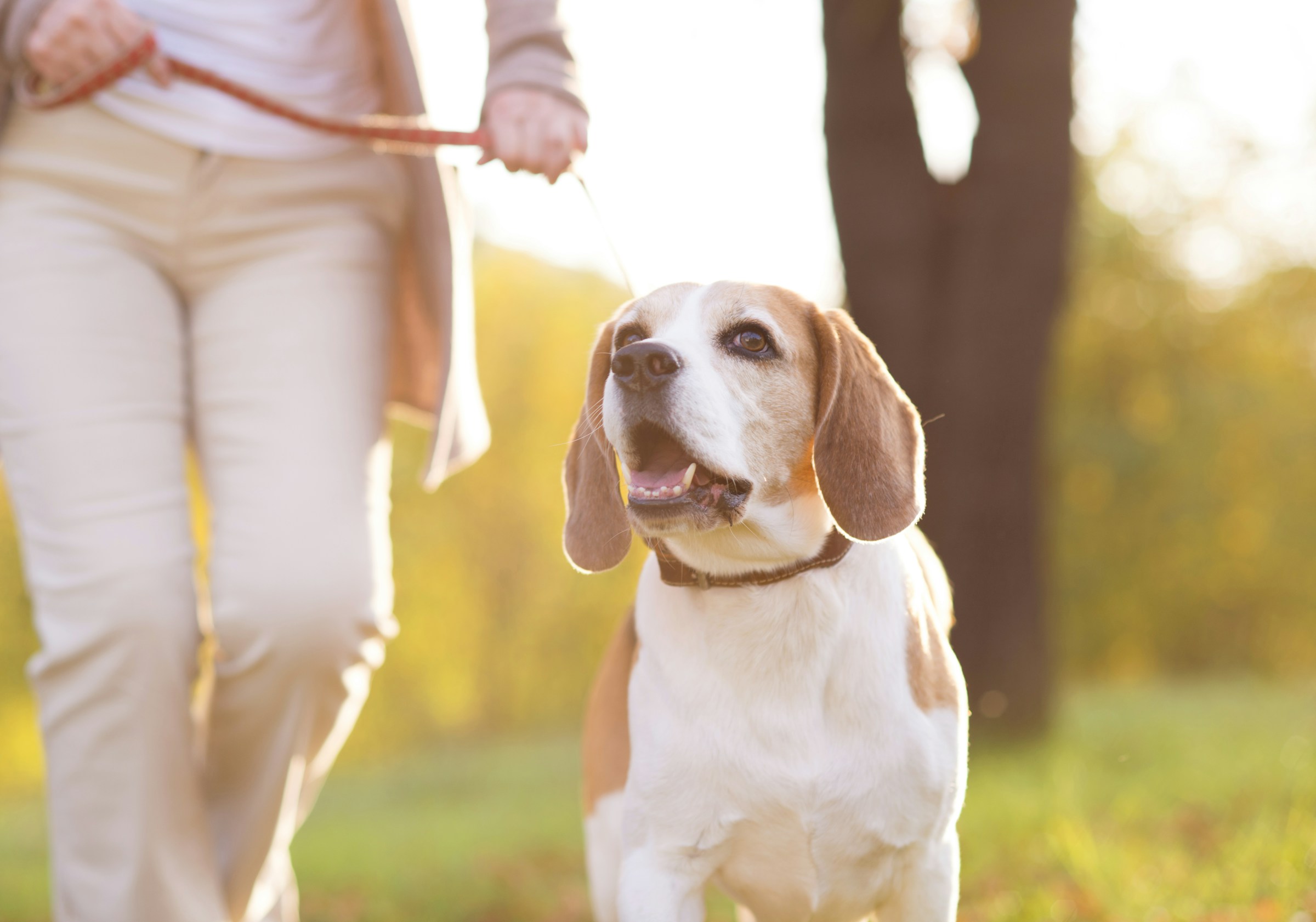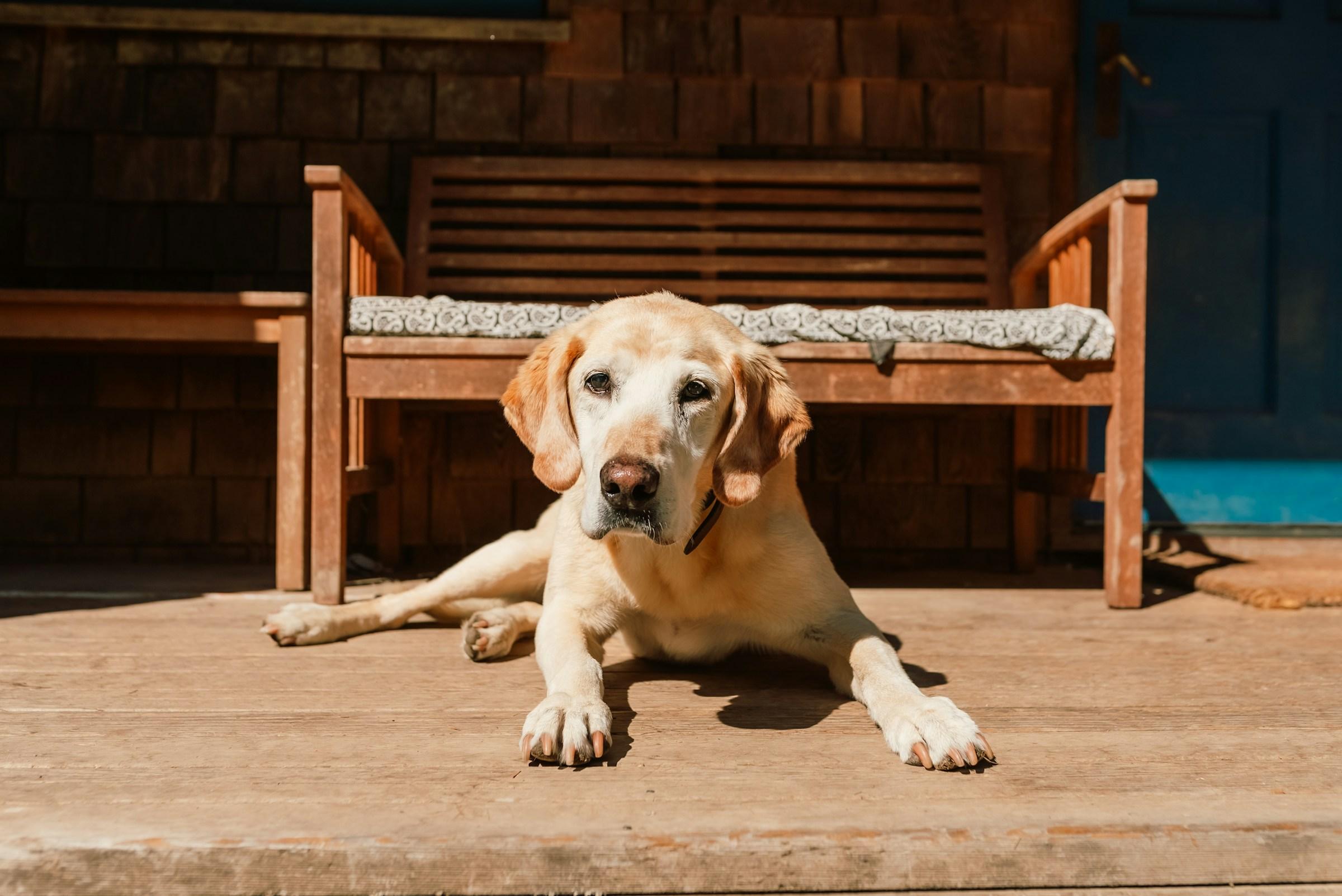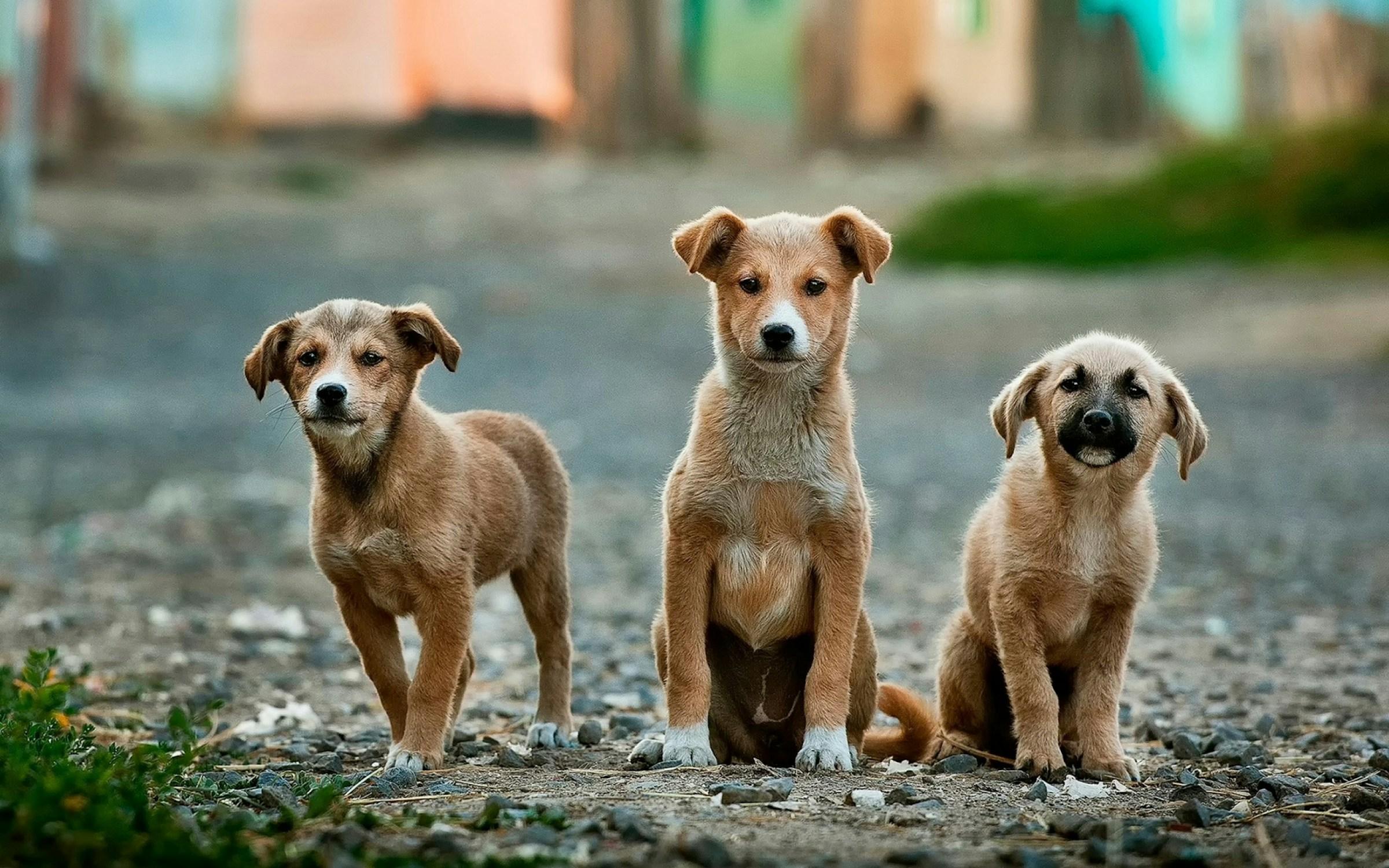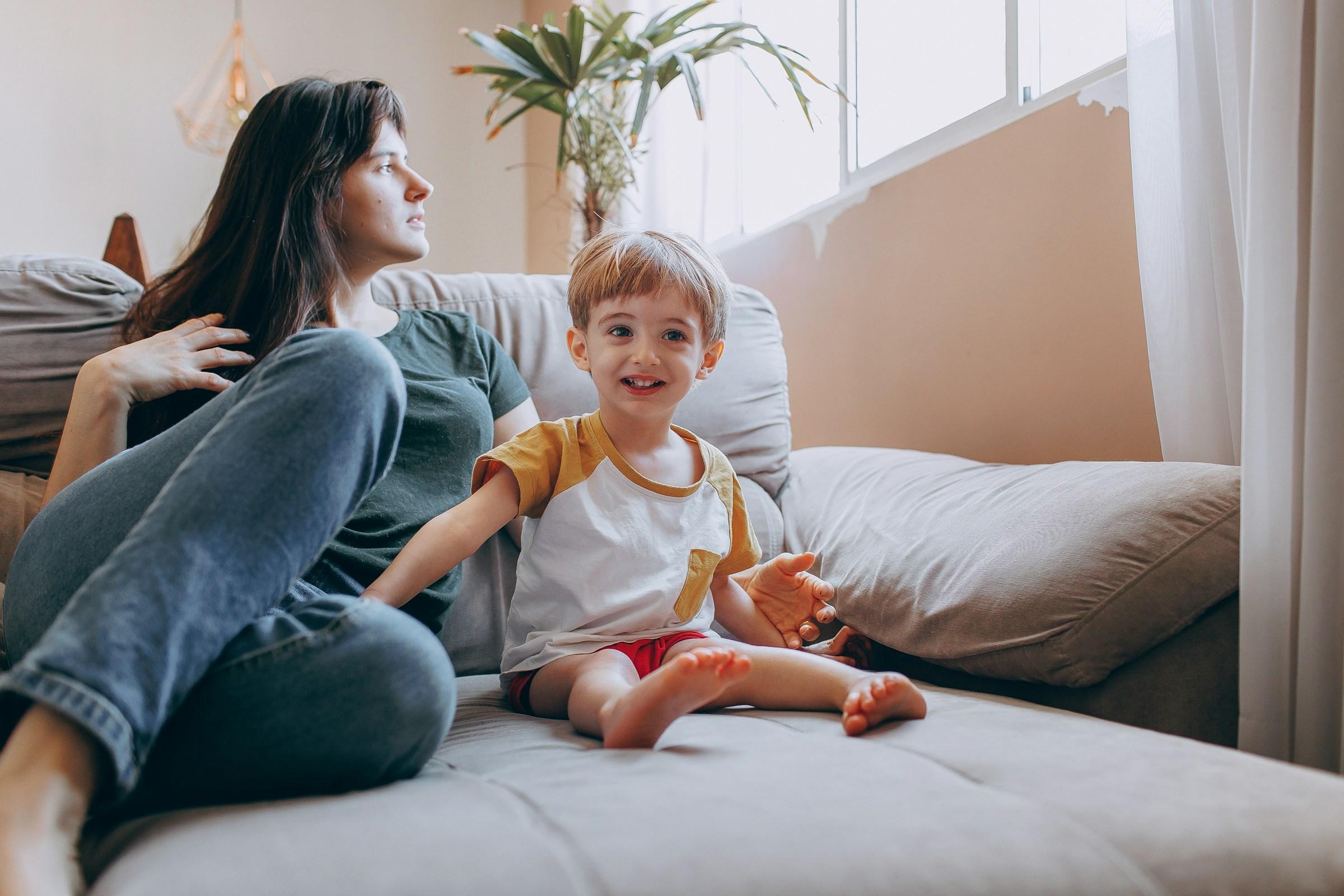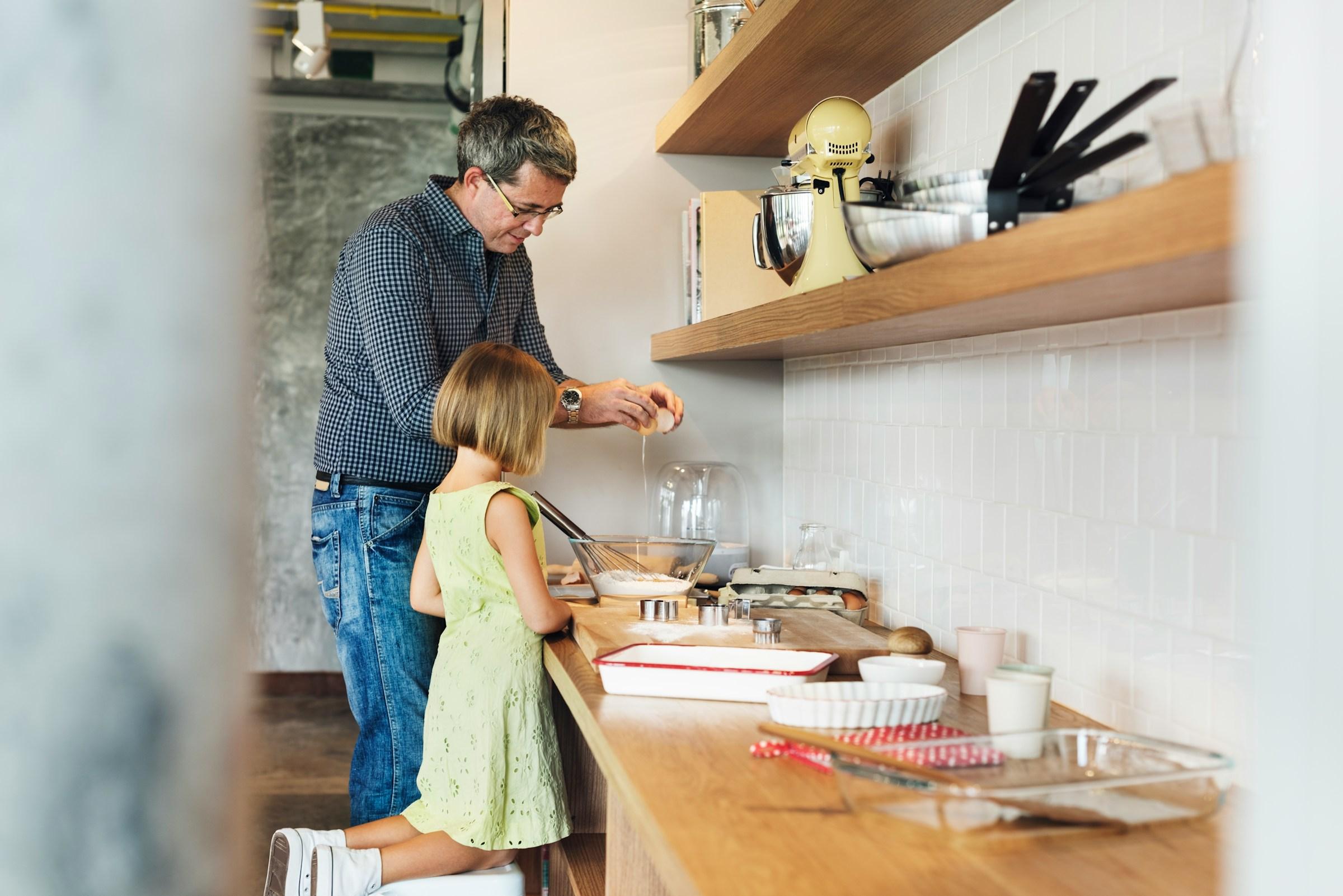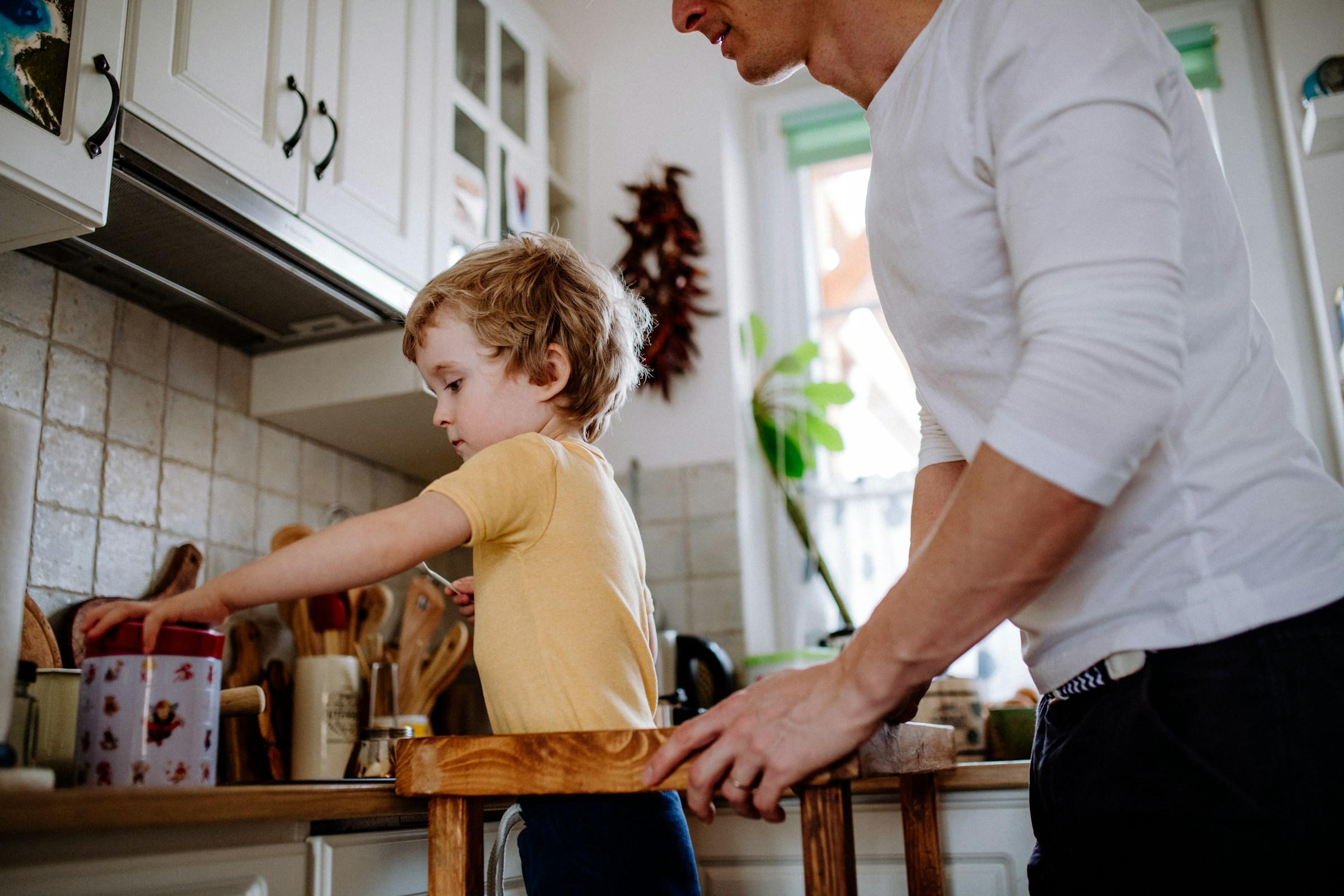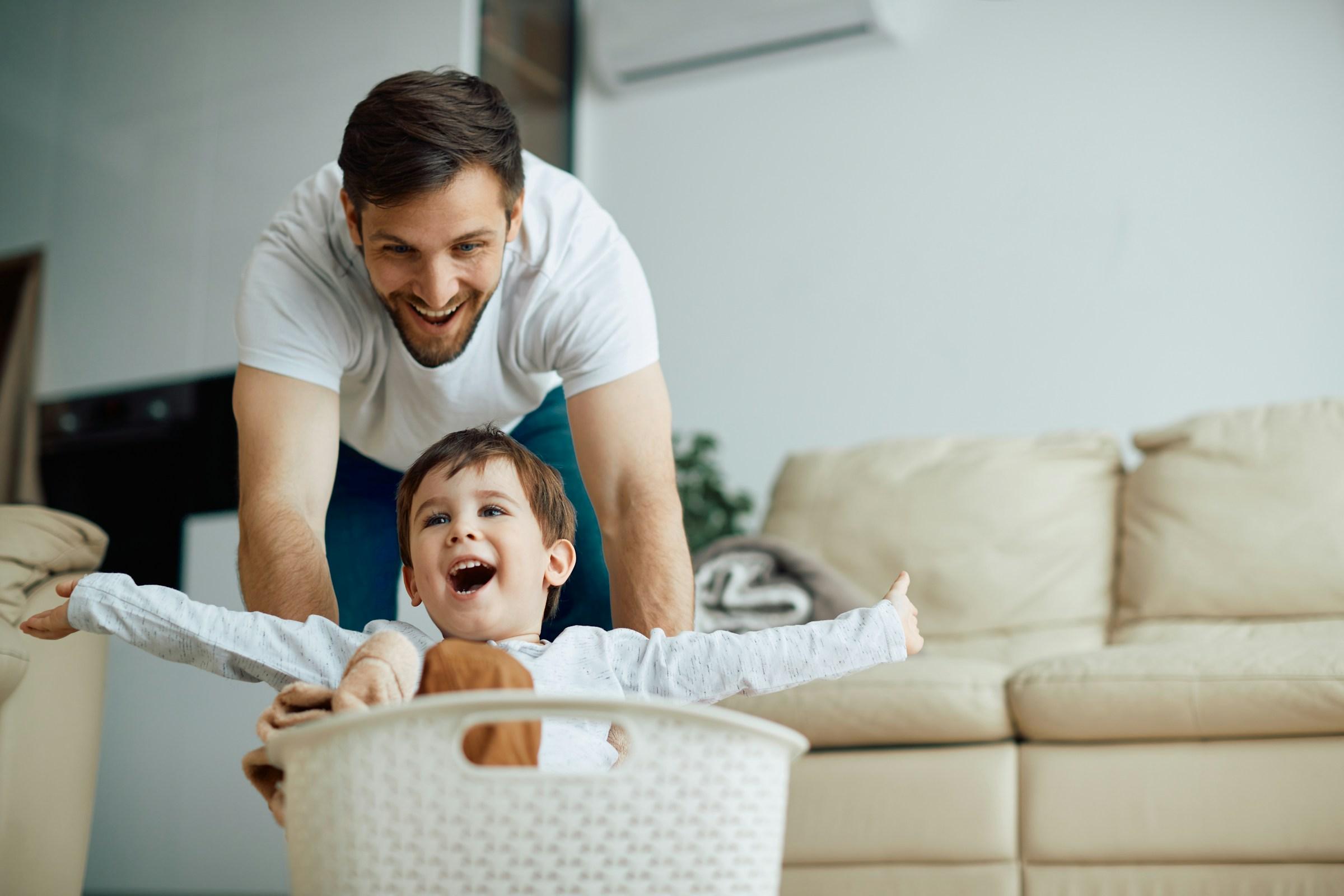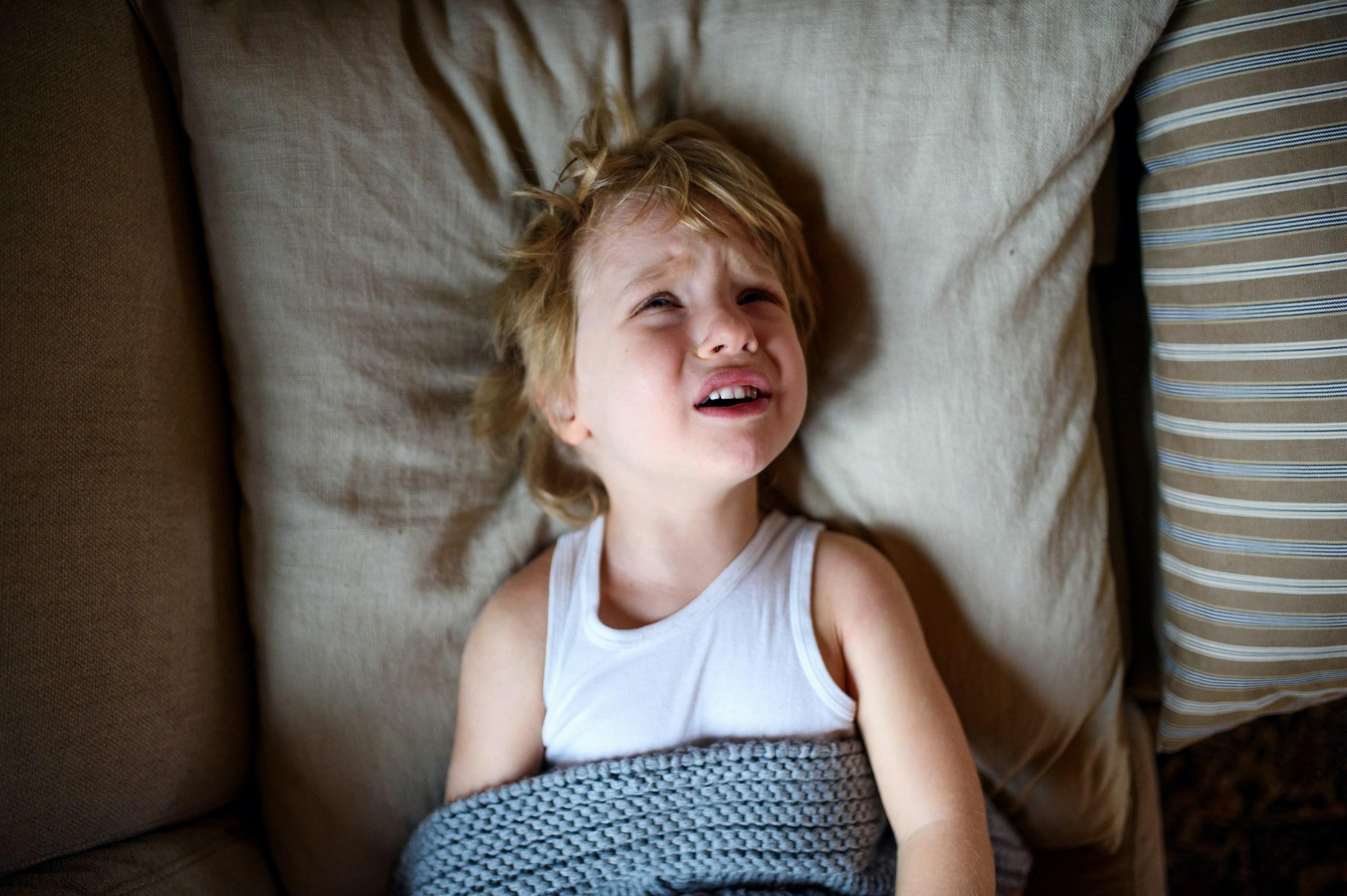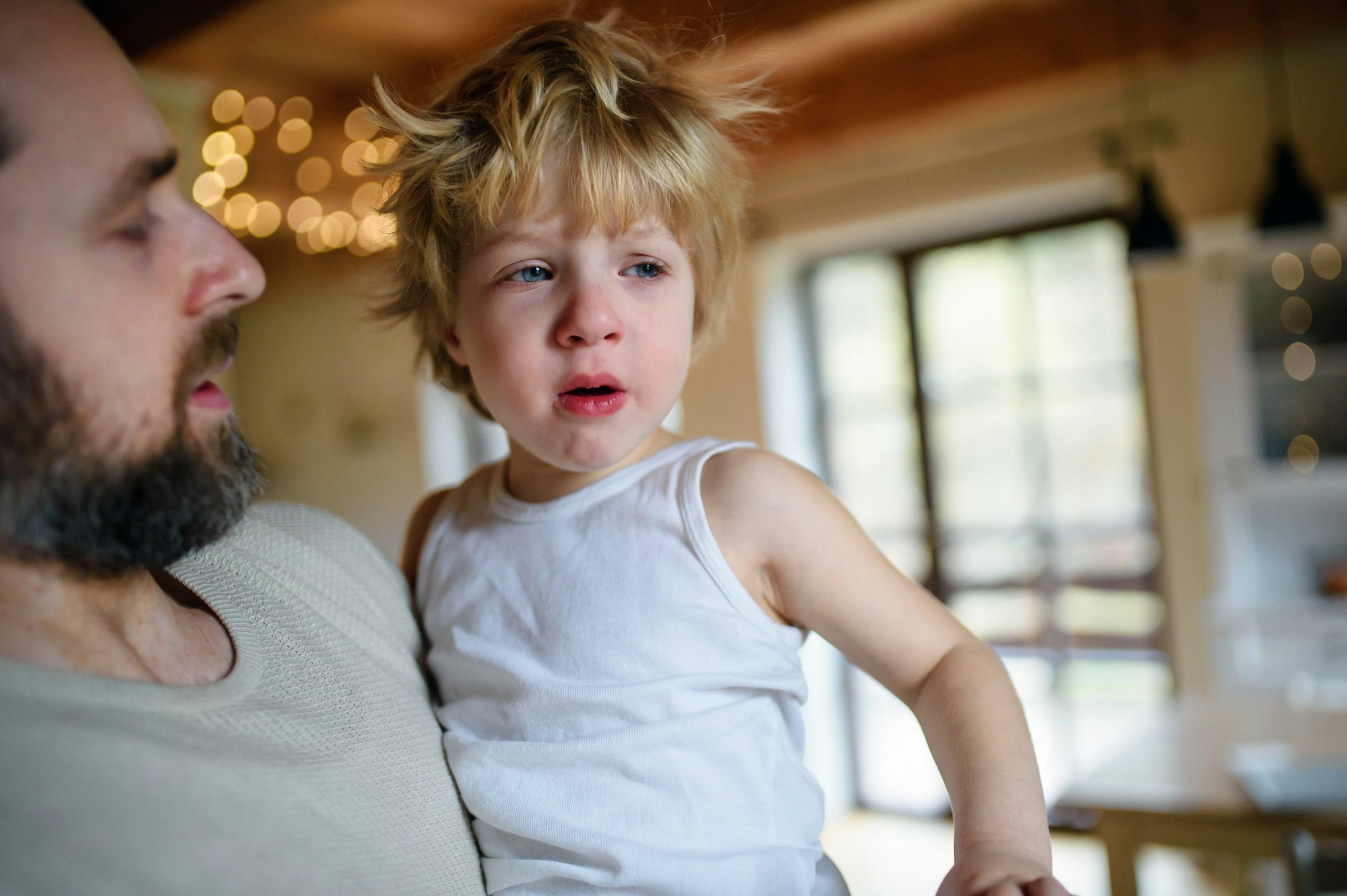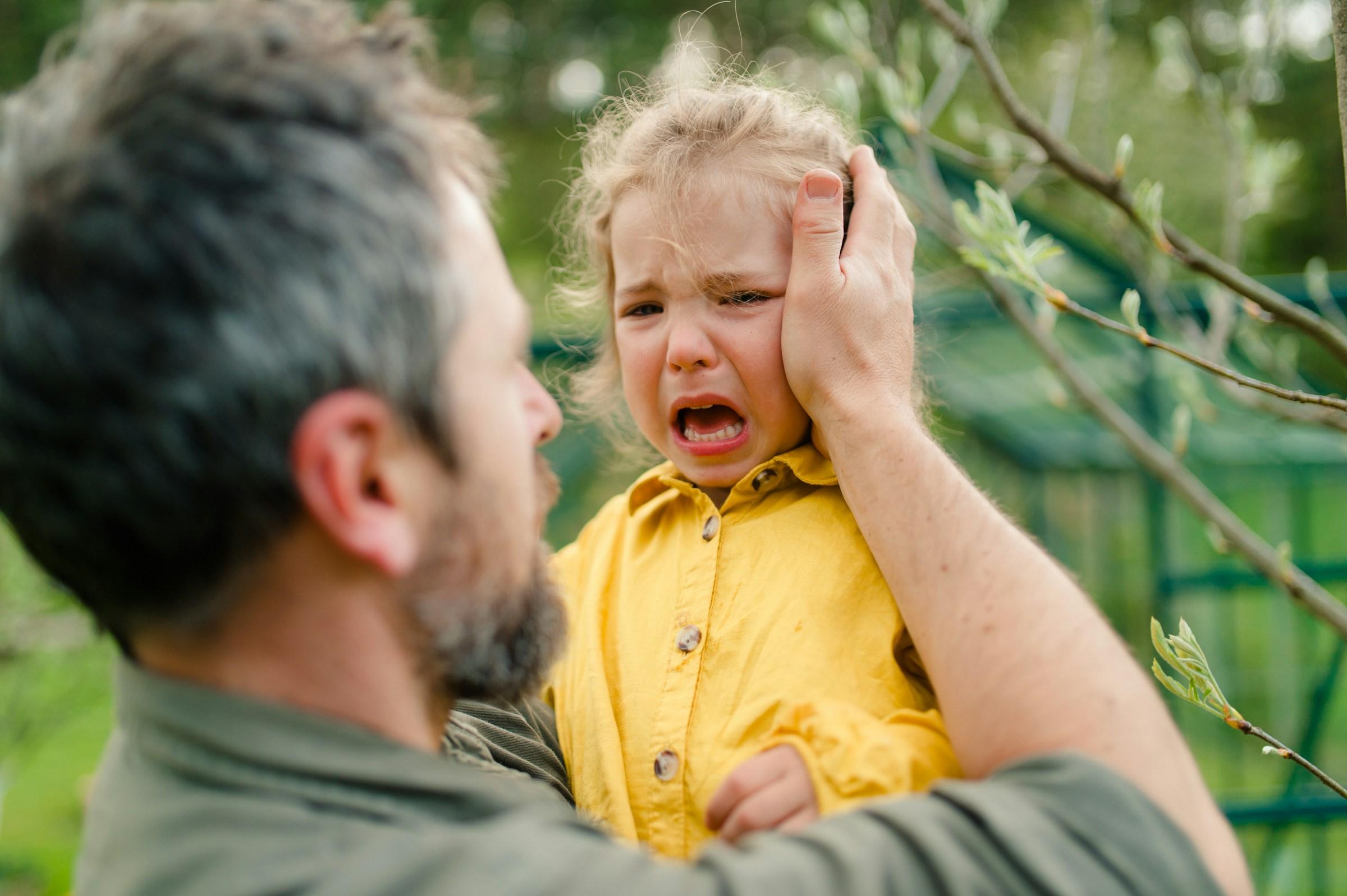Dogs are expert observers of people, and they learn our habits with a patience that often surprises us. They do not rely only on vocabulary, they read posture, movement, gaze, tone, and the rhythm of our actions. Over time they build a working model of us that tells them what to expect and how to respond. If we want a calmer relationship and more reliable behavior, the most useful change rarely begins with louder commands or new gadgets. It begins with cleaner signals and steadier timing. Understanding how dogs read human behavior allows us to shape that model with intention, and to make everyday life feel clearer for everyone at home.
Posture is the first language most dogs understand. The way we carry our weight communicates mood before we speak. A square stance feels predictable, a forward lean feels urgent, a turned shoulder can feel like either an invitation or a dismissal depending on the rest of the picture. Many dogs come closer when a person slowly lowers into a balanced crouch with hips back, while many freeze or step away when someone bends from the waist and looms. The words do not carry the message on their own. The meaning arrives through how the body occupies space, how much pressure it creates, and how consistently that picture shows up before good or bad outcomes.
Gaze works in the same quiet way. Direct, unblinking stares often add pressure for dogs that are already unsure, while soft eyes and brief glances give them room to think. Looking, marking success with a tiny smile or a short word, then looking away, tells a sensitive dog that the situation is safe. Confident dogs can tolerate longer eye contact, but even with them, hard stares create a contest that no one needs. A slight chin drop, a slow blink, and a neutral face build trust without fanfare. These small habits are simple to test. Use gentle eyes as the dog approaches, then soften your face further when the dog makes the correct choice, and watch how quickly the pattern settles.
Tone is the companion to gaze. Dogs care about melody and rhythm far more than about consonants. High, bright tones energize and invite, low and steady tones calm and stabilize. Short, clipped words pair well with fast actions, elongated words pair well with slow actions. Less language often carries more clarity. A single marker word, followed by a release or a reward, teaches far more than a stream of corrections or a speech that continues long after the behavior is over. When tone, posture, and timing agree with each other, the lesson lands in seconds. When they conflict, the dog tries to decode two or three different messages at once, and that is when behavior starts to look inconsistent.
Timing completes the picture. Dogs learn by association across seconds, not minutes, so the moment of reinforcement or interruption must meet the moment of the behavior. Reward within one to two seconds when the dog makes the right choice. Interrupt within that same window when you need to stop a mistake. If the moment passes, reset the scene rather than chasing the lost opportunity with extra noise. Three or four clean repetitions, each followed by a short pause, teach faster than a long, messy session. The pause matters because it lets the brain knit the pieces together. Success, then reset, then success again, that rhythm turns a guess into a habit.
Hands and feet speak as well. Palms that face up invite, palms that face down halt. Slow, lateral hand movements feel safe, fast downward hands startle. Many new interactions go better with a chin scratch rather than an overhead pat. Footwork can guide without pulling. Step along the path you want, and your feet become arrows that shape the dog’s line. Herding breeds watch feet with special intensity, but all dogs benefit when our steps match our intent. None of this requires force. Clarity travels through stillness and small movements far better than through frantic motion.
Scent and breath are part of the system. Dogs live through their noses, and they pick up the traces of our stress before we are aware of it ourselves. A long exhale lowers our internal pressure without a single visible change. If you pair that exhale with a cue, the breath becomes part of the signal. Over time the dog learns that your calm predicts their success. It is a simple, powerful way to steady a session, or to reset a walk that began too hot.
Consistency creates the edges of meaning. Choose one word that always means the dog got it right and will receive a reward. Many trainers use a crisp yes for that moment, and a quiet good for sustained effort. Keep those markers stable in sound and purpose. When the same word predicts the same outcome every time, the dog can relax into the pattern. The learning accelerates because nothing in the communication system keeps shifting underfoot.
Routines are the true teachers, because dogs map sequences with great accuracy. If the harness goes on and the door flies open, the walk begins with a rush and the brain floods with excitement. A small pause rewires the chain. Clip the leash, ask for a simple behavior, wait three seconds at the door, then release. Repeat that sequence for a week, and the opening moments of the walk usually change from frantic to smooth. The same approach works for feeding time, greeting guests, or loading into a car. When the sequence is calm, the behavior is calm.
Environment sets the difficulty. New places drain working memory, because novel smells and surfaces ask the brain to process more at once. Expect half the performance in a new space, and pay with better rewards for the part the dog can do. Add the rest once the dog’s attention returns. That is how we build context control, the difference between behavior that works at home and behavior that works in a busy lobby or an elevator.
Conflict signals appear quietly and vanish quickly, which is why many people miss them. A quick tongue flick, a lifted paw, a small head turn, a shake-off after a tense moment, each can be a sign that pressure is rising. Two of these signals in a row means the dog needs a clearer, easier rep. Reduce the demand, slow the timing, and trade speed for understanding. Paradoxically, the fastest progress usually comes from going a little slower.
Leashes and collars transmit information, and the quality of that information matters. Constant tension turns the leash into background noise. Light slack, then a release into forward movement, turns the leash into a green light that the dog can feel. Sensitive dogs often benefit from a front clip harness, which changes the geometry of pressure and reduces bracing. Touch can be a cue when handled with care, and it should feel like a nudge in the right direction rather than a contest of strength.
Play is feedback, and the type of play shapes state. Tug rewards effort and drive. Fetch rewards orientation to the handler. Scatter feeding rewards calm exploration through the nose. If you want a quieter dog after training, pay with food slowly. If you want power and sprint, pay with short tug bursts and clean verbal outs. End the game while the dog is still engaged, leave a little energy on the table, and you will find the dog returns to the next session with eagerness rather than with avoidance.
Corrections should be clear and light. The goal is not to punish, it is to interrupt the wrong path and make the right path obvious. A neutral sound and a quick reset often teach more than volume and scolding. If the situation seems to require a big response, that is a sign that the setup was too hard. Design solves more problems than force ever will. Step back, lower the difficulty, and arrange the next rep so that success is likely.
Body blocking is another quiet tool that speaks plainly. Owning a threshold with calm hips and chest, without waving arms or raising your voice, tells the dog to pause. When the dog yields, softening your stance and turning slightly to the side invites passage. Yield and release arrive as a pair, and that simple pair builds impulse control without drama. Over time the doorway becomes a place of thought, not a place of conflict.
Daily life puts all of this together. If walks always follow chaos, they begin chaotic. A one minute pre walk routine that never changes turns the temperature down before the door opens. If guests arrive and people rush and squeal, the dog will join the party with leaps. If guests enter calmly, and attention begins only when four paws are on the floor, the greeting becomes self controlled. Small rituals shape big outcomes because dogs track the rhythm of our schedule with amazing fidelity.
Training sessions do not need to be long to be effective. Two to five minutes is enough when the repetitions are clear. Frequency beats duration. End on success. Keep a tiny log of what worked, what did not, and what small change you will make next time. That is progressive overload for behavior, a concept borrowed from strength training. The body understands it, and so does the brain. One variable harder, or one variable different, then reinforce and rest.
When behavior slips, audit the inputs rather than the dog’s character. Sleep, stress, visitors, rain noise, a missed nap, these variables shift readiness within twenty four hours. People feel the same forces and call them a long day. Dogs do not name them, they show them. On those days, reduce demands and run easier patterns. The wins rebuild capacity and protect the relationship from unnecessary friction.
You can test all of these ideas with a single exercise. Place the dog on a mat, offer a quiet cue for a short stay, take one step back, count to three, return, and mark with your chosen word. Pay, reset, and repeat. Then change one element while keeping the rest the same. Turn a shoulder, or look to the side, or add a soft sound. If the dog holds, mark and pay. If the dog breaks, reset without story. Ten clean repetitions, each nearly identical, teach more than a mixed bag of highs and lows. The dog learns to trust your pattern, and your words gain power because your signals do not conflict.
In the end, the secret is not a secret at all. Dogs watch how we stand, how we breathe, and how we move. They learn our timing and store meanings in small, repeatable cues. If we want a dog that listens, we can build a simple language and keep our body honest. We can reward fast, correct softly, test in short sessions, and protect the routine that makes life predictable. The result reaches far beyond obedience. It is a calmer home and a more confident dog, built on clear signals that feel the same every day. That is how dogs read human behavior, and it is also how we teach them what kind of humans we plan to be.



